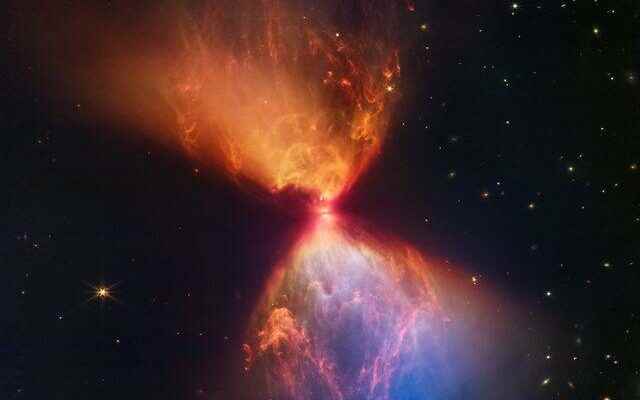The James Webb Space Telescope remains our eye in space. Webb telescope, which will shed light on our past, has already left our mouths open with many of the frames it has captured. The James Webb Telescope, the world’s largest and most powerful space telescope, presented a visual feast with its last image. The last image captured by the James Webb Space Telescope was shared by the US National Aeronautics and Space Administration (NASA).
‘HOURCLOCK’ SQUARE BY JAMES WEBB
James Webb captured the image of a dark cloud called L1527 and the light emitted by the “very young” protostar (protostar) at its core, which is about 100,000 years old. Note that L1527 is approximately 460 light-years from Earth and stretches 0.3 light-years across.
WHY IS THE NAME ‘HOURCLOCK’?
This is due to the shape of the light emitted by the protostar. In other words, the light emitted by the protostar is called an hourglass because of its shape.
Countdown to a new star ⏳
Hidden in the neck of this “hourglass” of light are the very beginnings of a new star — a protostar. The clouds of dust and gas within this region are only visible in infrared light, the wavelengths that Webb specializes in: https://t.co/DtazblATMW pic.twitter.com/ageEBO9BB8
— NASA Webb Telescope (@NASAWebb) November 16, 2022
